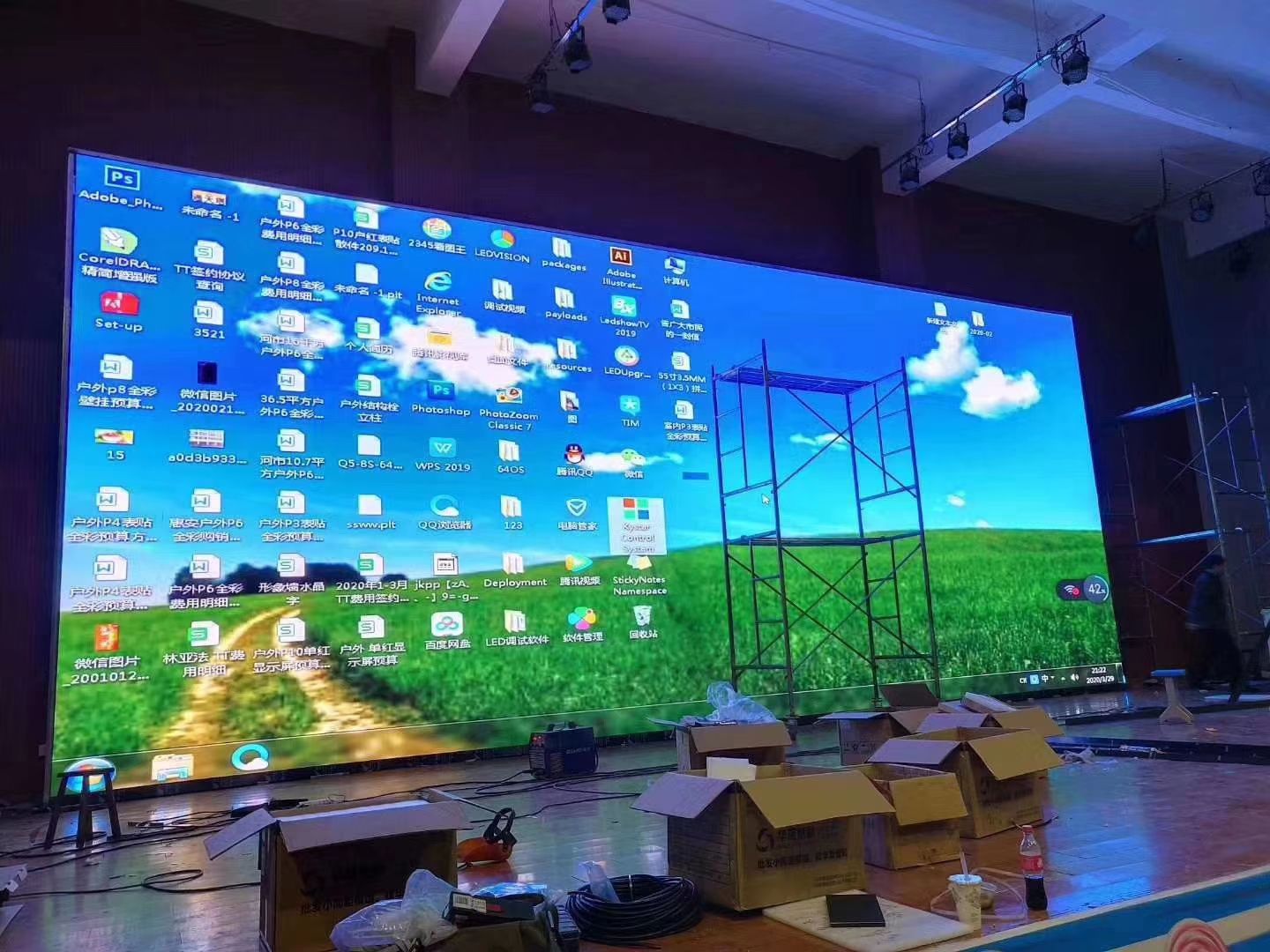Perfecting Hue Accuracy in Light Emitting Diode Display Calibration for Breathtaking Visual Displays
Perfecting Hue Accuracy in Light Emitting Diode Display Calibration for Breathtaking Visual Displays
Blog Article
Color precision is crucial for producing breathtaking graphic presentations, particularly when using LED walls. These massive displays are frequently found in locations like music venues, athletic arenas, and promotional billboards. When the hues on an LED wall are not accurate, the images can look dull or distorted, which can affect the overall impression for viewers. Therefore, mastering color accuracy in LED wall calibration is crucial for achieving lively and realistic images.
The initial step in guaranteeing color accuracy is understanding how LED systems works. LEDs, or light-emitting diodes, produce light in various shades by mixing red, green, and blue (RGB) light. Each pixel on an LED wall is made up of these three hues. When tuned properly, the mix of RGB can create a wide range of colors. However, if one color is too intense or too dim, it can distort the whole screen. This is why tuning is needed to equalize the hues and achieve the desired visual result.
Tuning entails adjusting the configurations of the LED screen to ensure that the hues shown match the initial content as closely as feasible. This process usually includes using specialized software and hardware tools. Technicians often use color assessment devices, such as color meters, to analyze the hues being displayed. By comparing the assessed colors to benchmark color values, they can make exact modifications. This ensures that the hues are not only vibrant but also uniform across the entire screen.
Another crucial aspect of color precision is comprehending led wall pixel mapping the environment in which the LED wall is employed. Factors such as surrounding light can considerably affect how colors look. For example, a well-lit lit room may fade colors, making them look not as vibrant. To mitigate this, technicians may modify the luminosity and contrast settings of the LED wall. Additionally, they may select specific color settings that are better appropriate for different lighting environments. This adaptability helps maintain color precision irrespective of the viewing surroundings.
Finally, regular maintenance and re-tuning are crucial for keeping an LED wall looking its finest. Over time, the functionality of LEDs can change due to elements like degradation and temperature fluctuations. Regular inspections and adjustments can help ensure that the hues stay accurate and lively. By investing time in proper calibration and upkeep, venues can offer audiences with breathtaking graphic displays that enhance their total impression. Perfecting color accuracy in LED wall tuning is not just a technical task; it is an expertise that contributes to the magic of graphic storytelling.